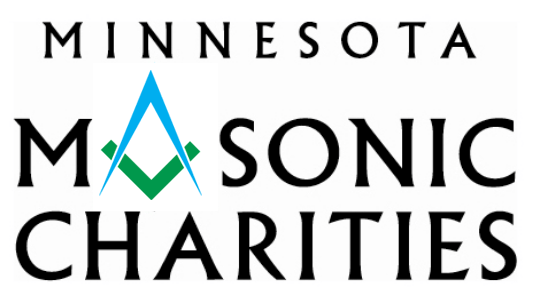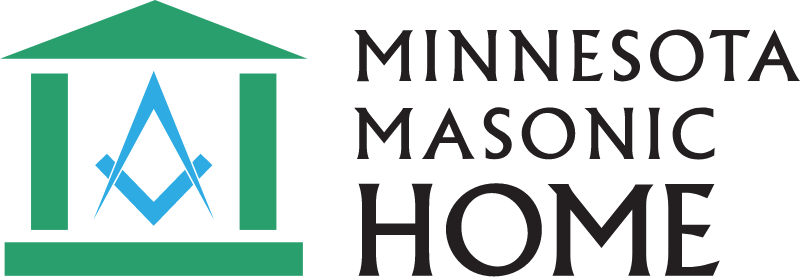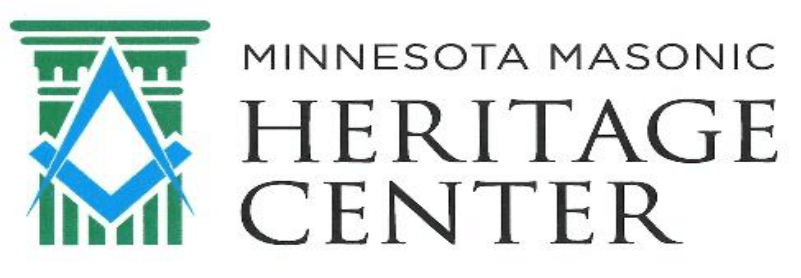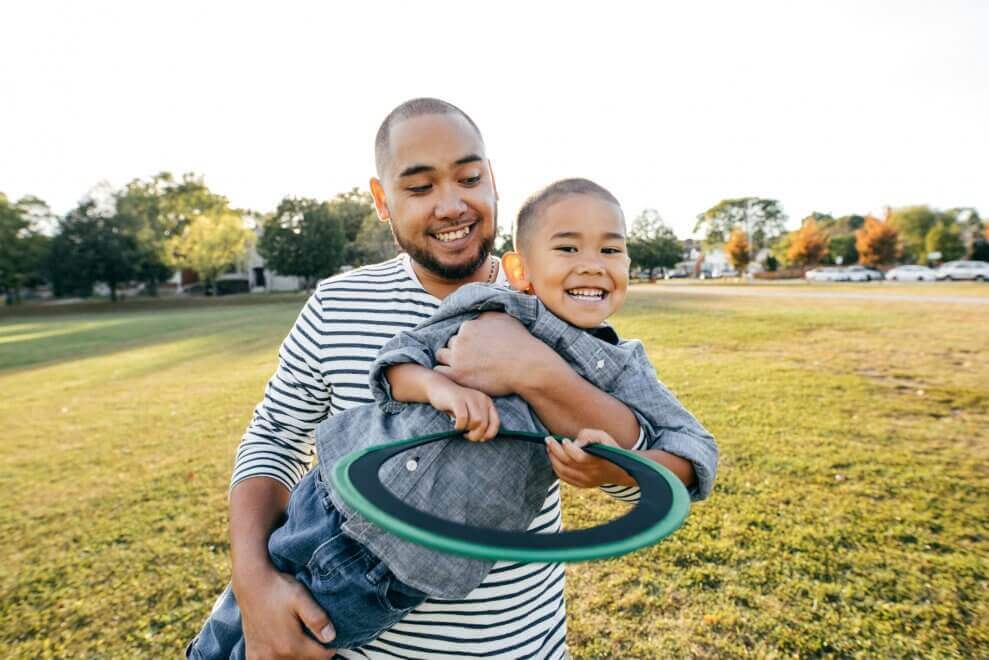At Masonic Children’s Clinic, we provide therapy services to children between the ages of birth and nine years. When people ask me about the work I do and learn that infants and not-yet-talking toddlers make up a part of my caseload, they are often perplexed about how I could be working on communication with a child who isn’t yet talking. I love this question because it gives me an opportunity to remind folks that the amazing process of learning to talk begins from the moment we are born and grows from those simple, yet highly important, social exchanges between babies and caregivers. Before we hear their first words, babies are learning to let us know what they want and how they feel through their gestures, facial expressions, eye glances, body language, and vocalizations. Babies cry when hungry; turn their heads when they hear someone speaking; show us they are full by pushing away a spoon of pureed peas; and indicate that they feel safe and happy with kicking legs, smiles, and coos when we look at them in the same way.
When I work with a child who isn’t yet talking, the first thing I do is look at the non-verbal ways the child is attempting to communicate and help the parents tune into those attempts as well. When we consistently recognize and respond to the ways a child is engaging with us through his/her gestures and non-verbal communication, we are helping them build the foundational skills for spoken communication.
So, what are some of those early gestures caregivers should be noticing and responding to? Research from the First Words Project out of Florida State University tells us that children should be using at least 16 different gestures by 16 months of age such as:
- 9 months – giving and taking objects by hand, shaking head or turning head away to indicate “no”
- 10 months – reaching, raising arms up to ask to be picked up
- 11 months – holding objects out to “show”, waving
- 12 months – open-handed pointing, tapping
- 13 months – clapping, blowing kisses
- 14 months – pointing with an index finger, “shh” gesture
- 15 months – head nodding or thumbs up to indicate “yes”, waving hand in front of face to indicate “stinky”, hand up gesture to indicate “wait”
- 16 months – giving high fives, arms held out in an “I don’t know” gesture
If you know of a child who isn’t using “16 by 16” or have other concerns about a child’s speech and language development, the speech/language pathologists at Masonic Children’s Clinic are here to help!
Nancy Johnston, M.S., CCC-SLP
Speech/Language Pathologist







